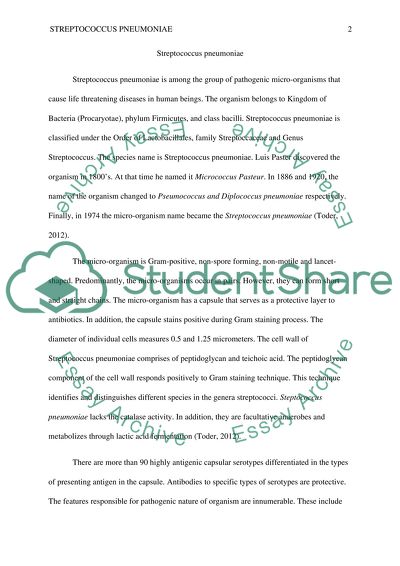Cite this document
(“Streptococcus pneumoniae Research Paper Example | Topics and Well Written Essays - 1250 words”, n.d.)
Retrieved de https://studentshare.org/biology/1447340-streptococcus-pneumoniae
Retrieved de https://studentshare.org/biology/1447340-streptococcus-pneumoniae
(Streptococcus Pneumoniae Research Paper Example | Topics and Well Written Essays - 1250 Words)
https://studentshare.org/biology/1447340-streptococcus-pneumoniae.
https://studentshare.org/biology/1447340-streptococcus-pneumoniae.
“Streptococcus Pneumoniae Research Paper Example | Topics and Well Written Essays - 1250 Words”, n.d. https://studentshare.org/biology/1447340-streptococcus-pneumoniae.


